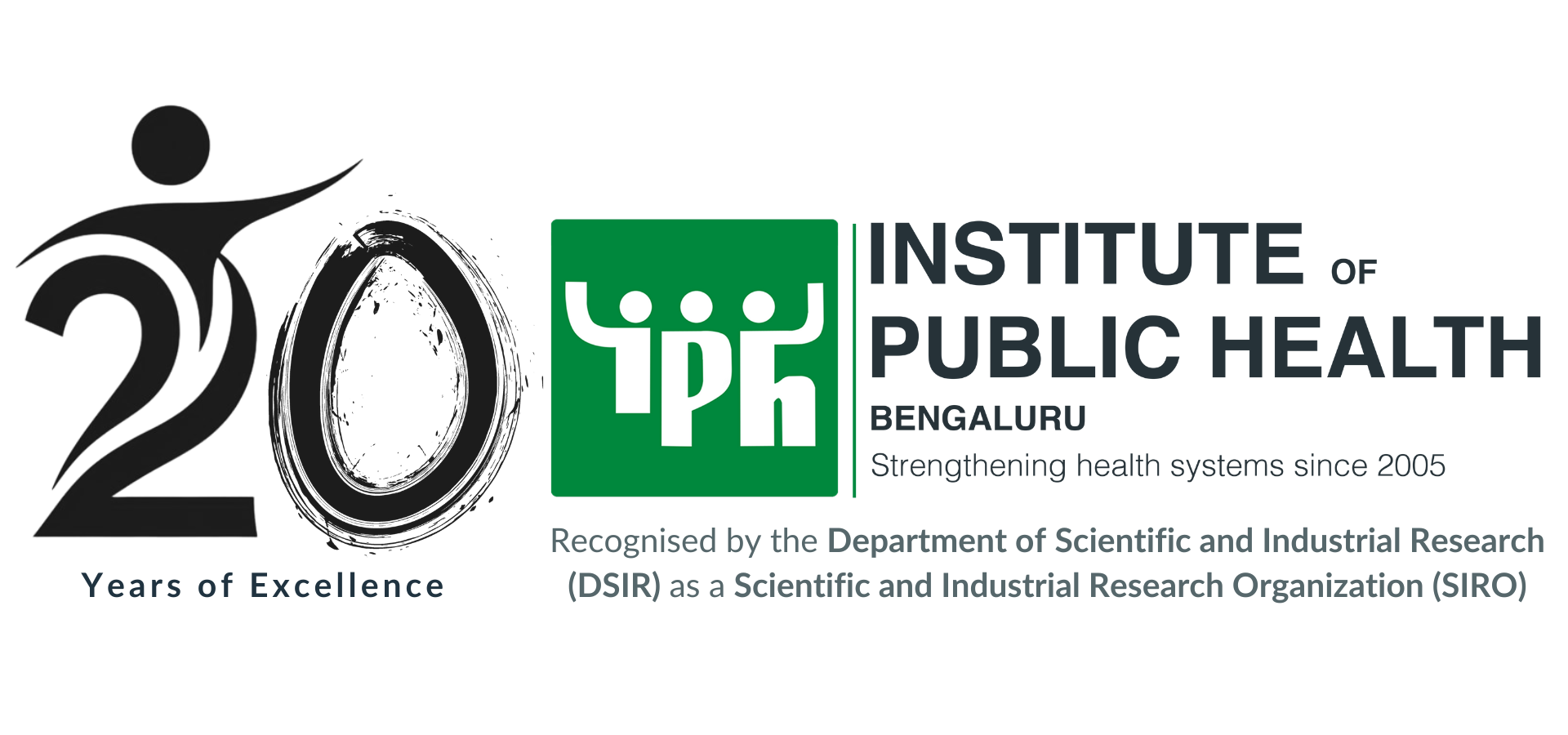
The effects of air pollution on the lungs and heart are now widely appreciated, with more incriminating evidence of its role in cardiac disease. Air quality is represented by the annual mean concentration of fine particulate matter: PM10 and PM2.5, referring to particles smaller than 10 or 2.5 microns. The Global Burden of Disease Study identified fine particulate matter (PM2.5) in outdoor air and household air pollution from use of solid fuels as the ninth and fourth leading risk factors, respectively, for disease worldwide, and the World Health Organization attributes one in every eight deaths to air pollution. This research stems from improved understanding of the role of air pollution in initiating systemic inflammation, a response that may affect multiple organ systems.
 Similarly a study conducted in India found that average pollution levels were up to eight times higher on city roads.They reported that the exposures that one experiences on and near roads can substantially exceed what one would measure at an official monitoring site.
Similarly a study conducted in India found that average pollution levels were up to eight times higher on city roads.They reported that the exposures that one experiences on and near roads can substantially exceed what one would measure at an official monitoring site.
There is growing evidence that air pollution is an important risk factor for an increasing number of common diseases; in a recent systematic analysis study, it was found that the increase in each of the common gaseous and particulate air pollutants were significantly associated with admission to hospital for stroke or stroke related mortality, with associations strongest for strokes on the same day as exposure.
Need for political will
To curb the problem of bad air quality, a strong political will is required. It is the lack on information and knowledge about air quality due to obsolete technology and limited number of monitoring stations, which often leads to a poor decision-making. Moreover, lax standards is a major impediment. So it is important to chalk out an effective plan for thorough monitoring fulfilling the minimum requirement of monitoring for at least 104 days in a year along with that an increase in the number of monitoring sites too. This is because effective air quality planning requires accurate data. Parameters like network design of monitoring sites, maintenance, calibration of equipment and quality audits of data should be given urgent attention. Capacity for autonomous air quality planning free from industry bias is something that is needed from state regulatory authorities. Monitoring is also important to formulate policies to control it, to create awareness and sensitise people to prepare them for hard decisions. Last but not the least, decision makers should come up with plans for proactive climate change preparedness. For example, instituting policies that make bicycle commuting more accessible and convenient will help to reduce carbon emissions, improve air quality, and decrease obesity rates by facilitating physical activity.
Health system preparedness
Health systems have a major role to play in dealing with the consequences of several diseases. For this, a trained and competent workforce is central to the success of health system. Medical care providers should be trained to recognise and manage emerging health threats that may be associated with climate change. Furthermore, respiratory health should be promoted through better prevention, detection, treatment and education efforts. Besides this, allocating a unit for respiratory illness with adequate resources in terms of medicines, masks, nebulizers, ventilators and so on is something that can help to deal with the load of patients coming in times of climate change with several respiratory problems.
Increasing the number of a specialised professional i.e Pulmonologists is something that should be thought about. Moreover, training sessions should be organized for all levels of healthcare providers – from paramedics to doctors – to deal with patients on urgent basis. Timely referrals to higher health centre with effective transportation can also another issue that needs to be looked in to.
Measures that can be undertaken
1. Diesel vehicles which are more than 10 years old should not be permitted to ply, especially in cities
2. Tightening vehicle emissions standards to world-class levels and extensive adoption of cleaner fuels in passenger vehicles (CNG, low-sulfur diesel).
3. Cleaning up the high emitting trucks that ply at night, reducing urban burning of wood and wastes, reducing emissions from diesel backup generators, and cleaning up rural industries such as brick kilns.
4. Switch to polluting methods, whenever possible. For example, solar electricity is now price competitive with imported coal power in the Indian market.
Scope for public health involvement
Public health practitioners have a responsibility to effectively engage with policy makers about the need for proactive climate change preparedness .By providing a critical health perspective, public health professionals can communicate the significant health impact that are likely to occur if adequate preparedness measures are not adopted. Public health professionals can educate policymakers about the health benefits that will result from sound climate preparedness planning. Public health department and agencies should take help of communication tools tailored to community,and population which would have greater impact on community members. Few are as follows –
1. Use variety of media outreach strategies that would be effective for different age groups (like radio,local news,social media sites,etc.)
2. Have brochures and media outreach in multiple languages
3. Door to door outreach may be more effective for some communities
4. Use non-traditional outlets of education and outreach(like meals on wheels,celebrities, sporting events etc.)
Ajeet Pal Singh was a student of e-learning course in Public Health Management(ePHM) conducted by Institute of Public Health, Bangalore, India.
Disclaimer: IPH blogs provide a platform for ePHM students to share their reflections on different public health topics. The views expressed here are solely those of the authors and not necessarily represent the views of IPH.


